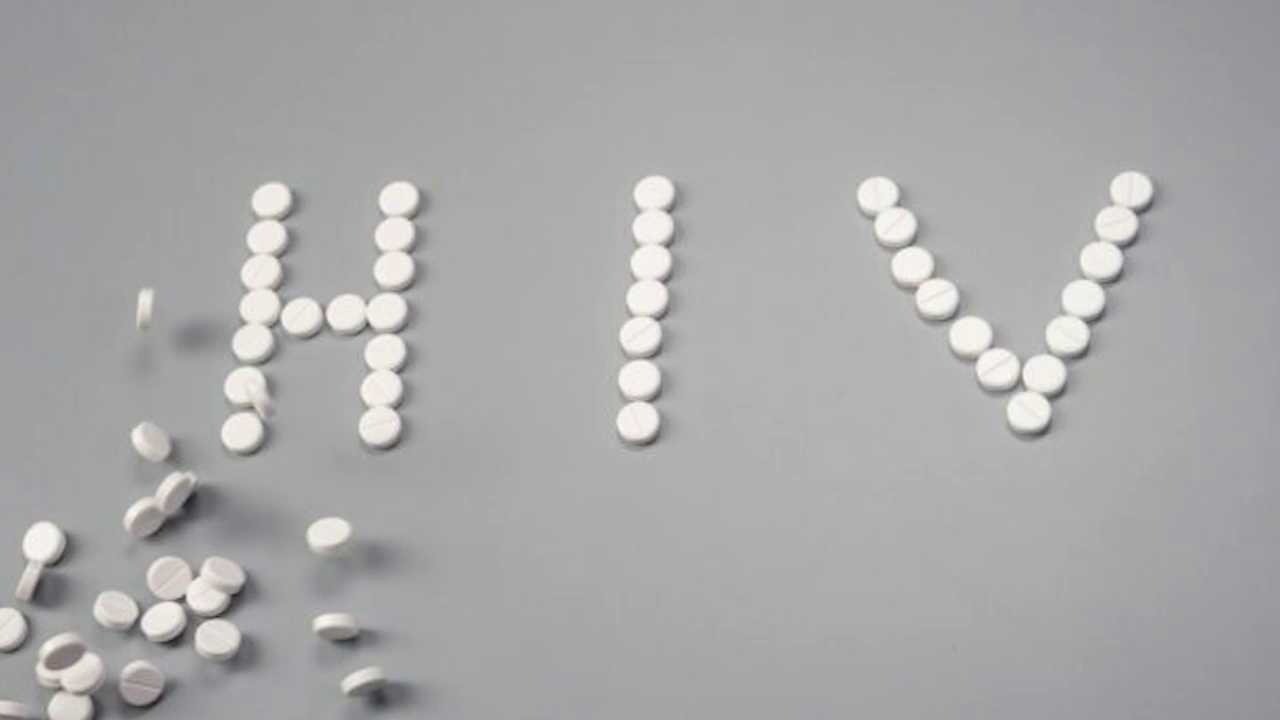The Caribbean is making real strides in the fight against HIV. Since 2010, new infections have dropped by twenty-one percent, and AIDS-related deaths have fallen by an impressive sixty-two percent. But while the numbers are encouraging, the full picture is more complex. Here’s News Five’s Isani Cayetano.
“The Caribbean has made real progress in the fight against HIV. Since 2010, new infections have dropped by twenty-one percent, and AIDS-related deaths are down sixty-two percent. But behind those numbers lies a more complex story. According to UNAIDS, about three hundred and forty thousand people in the region are living with HIV. Most know their status, and many are receiving treatment, but not everyone. Children and men are less likely to be on treatment or have their virus under control compared to women. Young people aged fifteen to twenty-four make up a quarter of the new infections, often because they lack access to prevention services designed for them. And for key groups, like gay men, transgender people, and sex workers, the risk remains extremely high. In some countries, HIV rates among transgender people reach a staggering sixty percent. Money is another challenge. Over two-thirds of HIV funding in the region comes from international donors. That means programs are vulnerable if that support dries up. Haiti, for example, relies almost entirely on outside funding. Legal and social barriers also stand in the way. While some countries have decriminalized same-sex relationships, others, including Trinidad and Tobago, still criminalize them. Sex work and drug possession are also illegal in most places, making it harder for people to get the help they need. The Caribbean has come a long way, but the fight isn’t over.”
